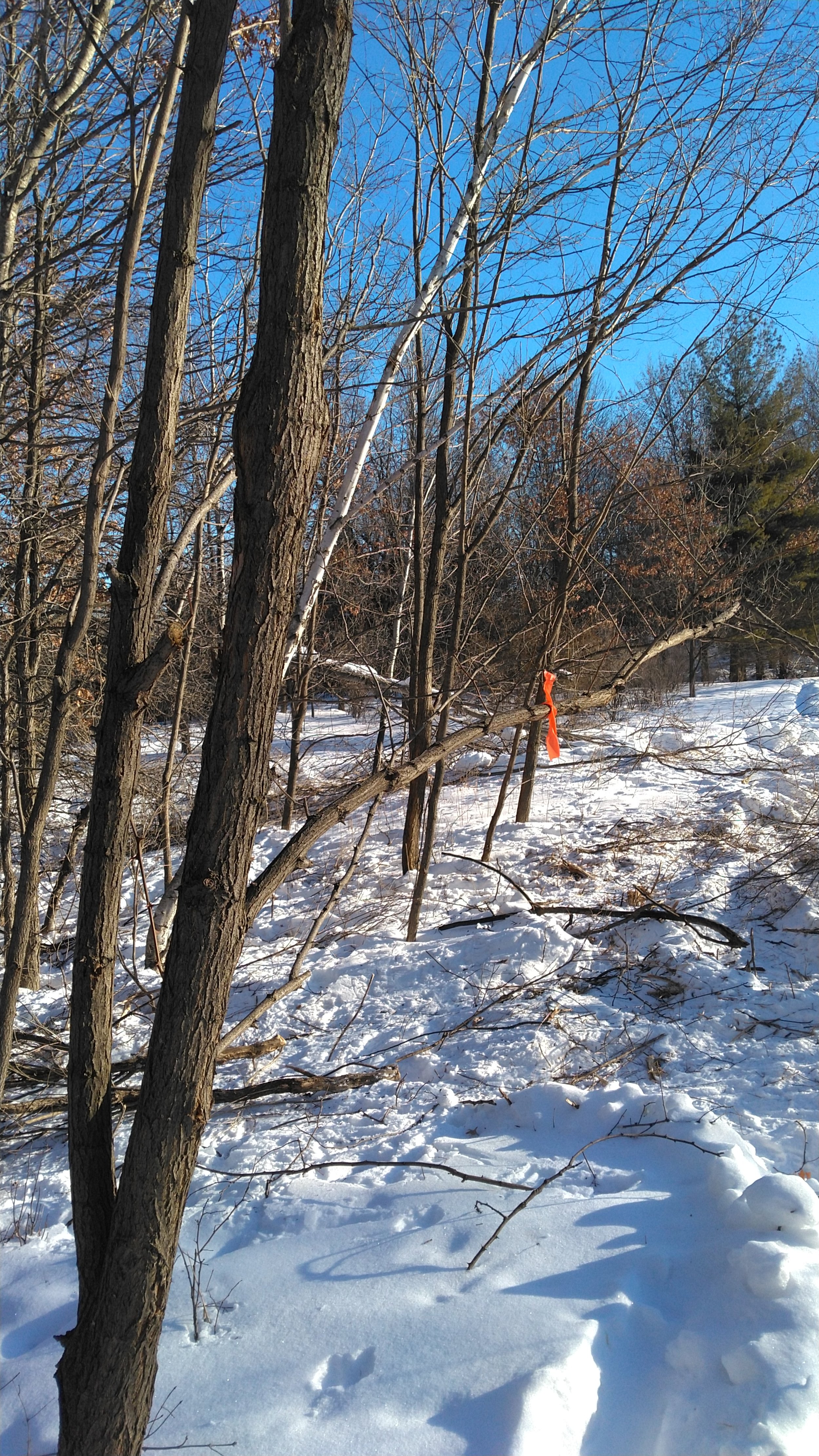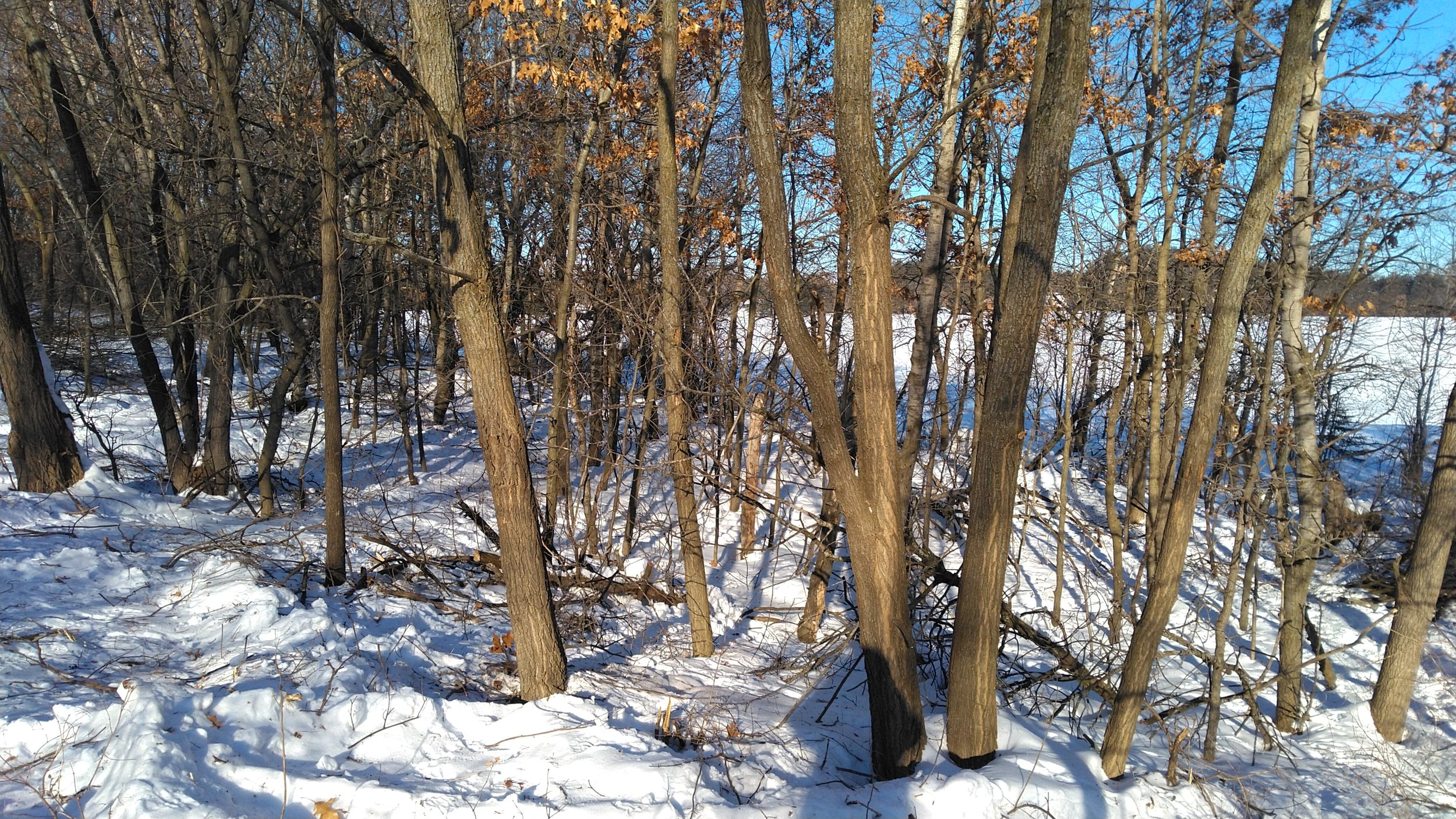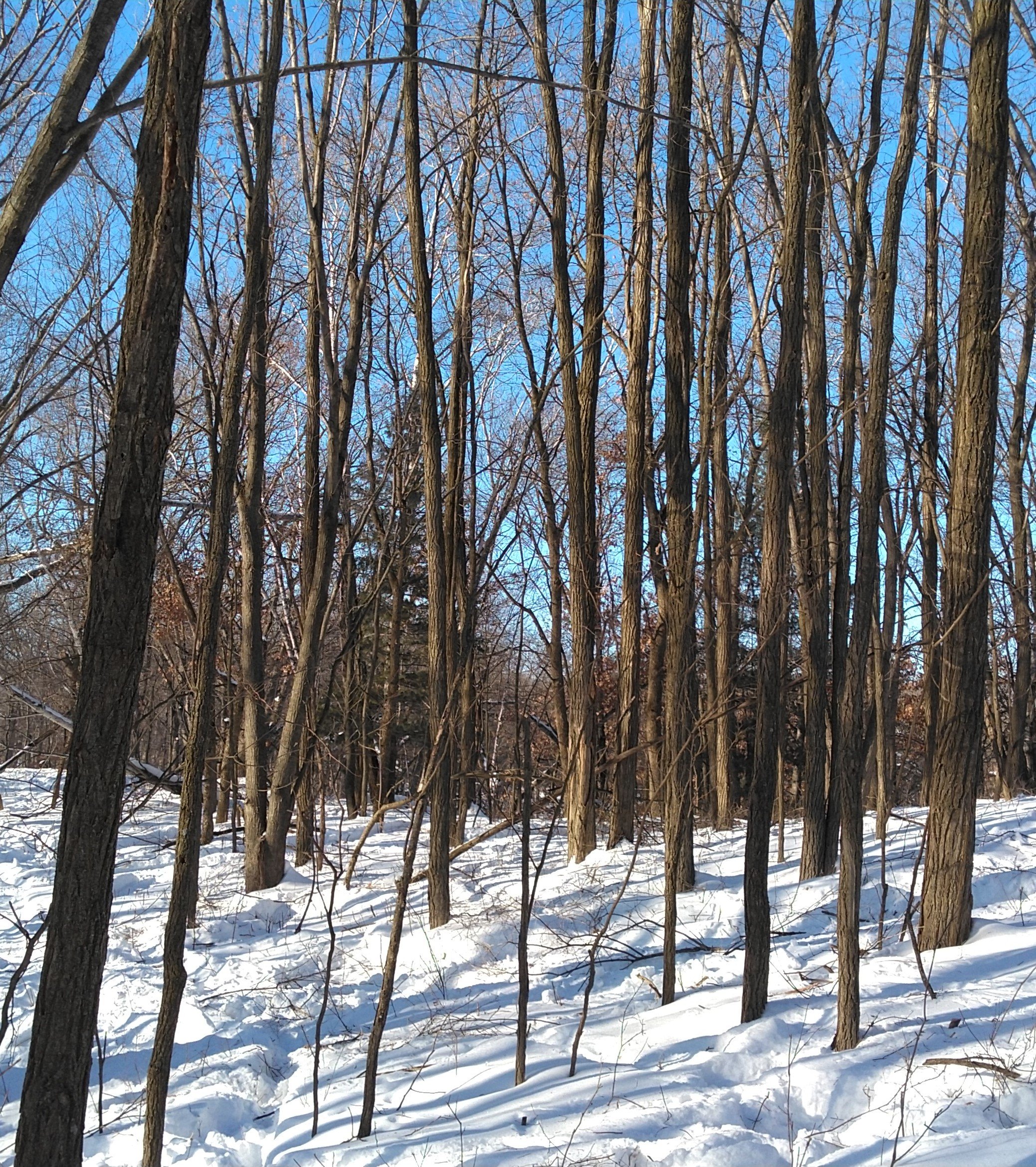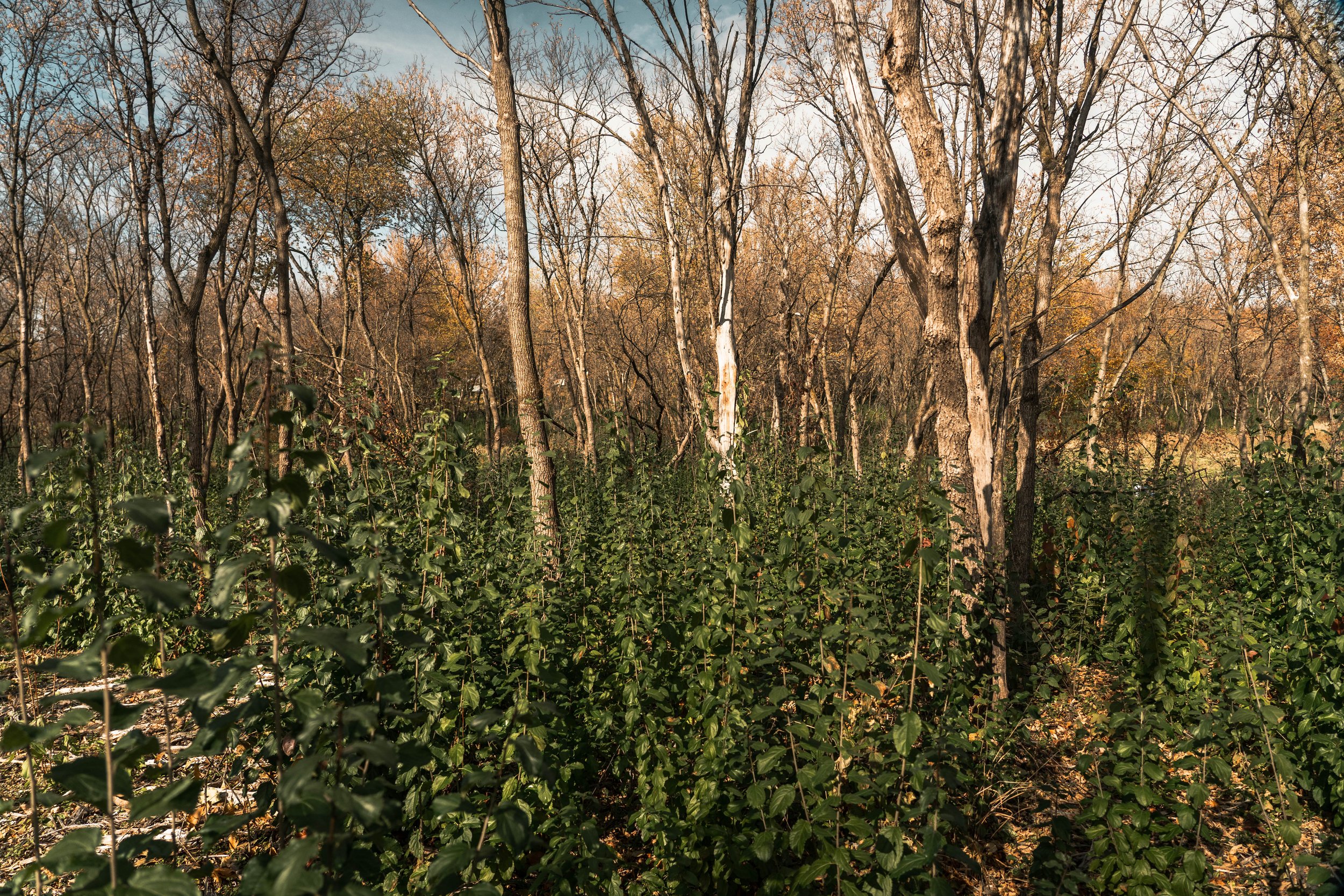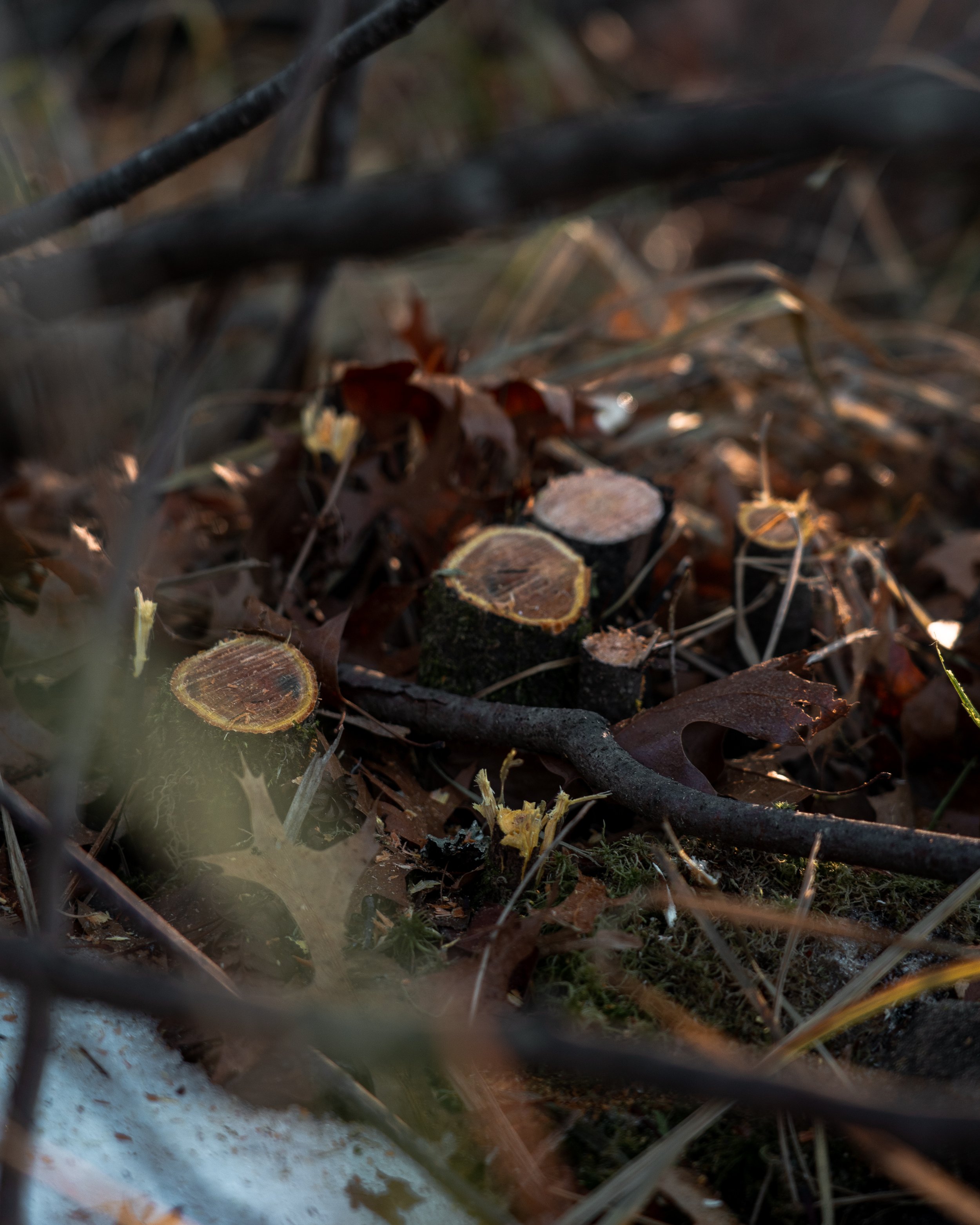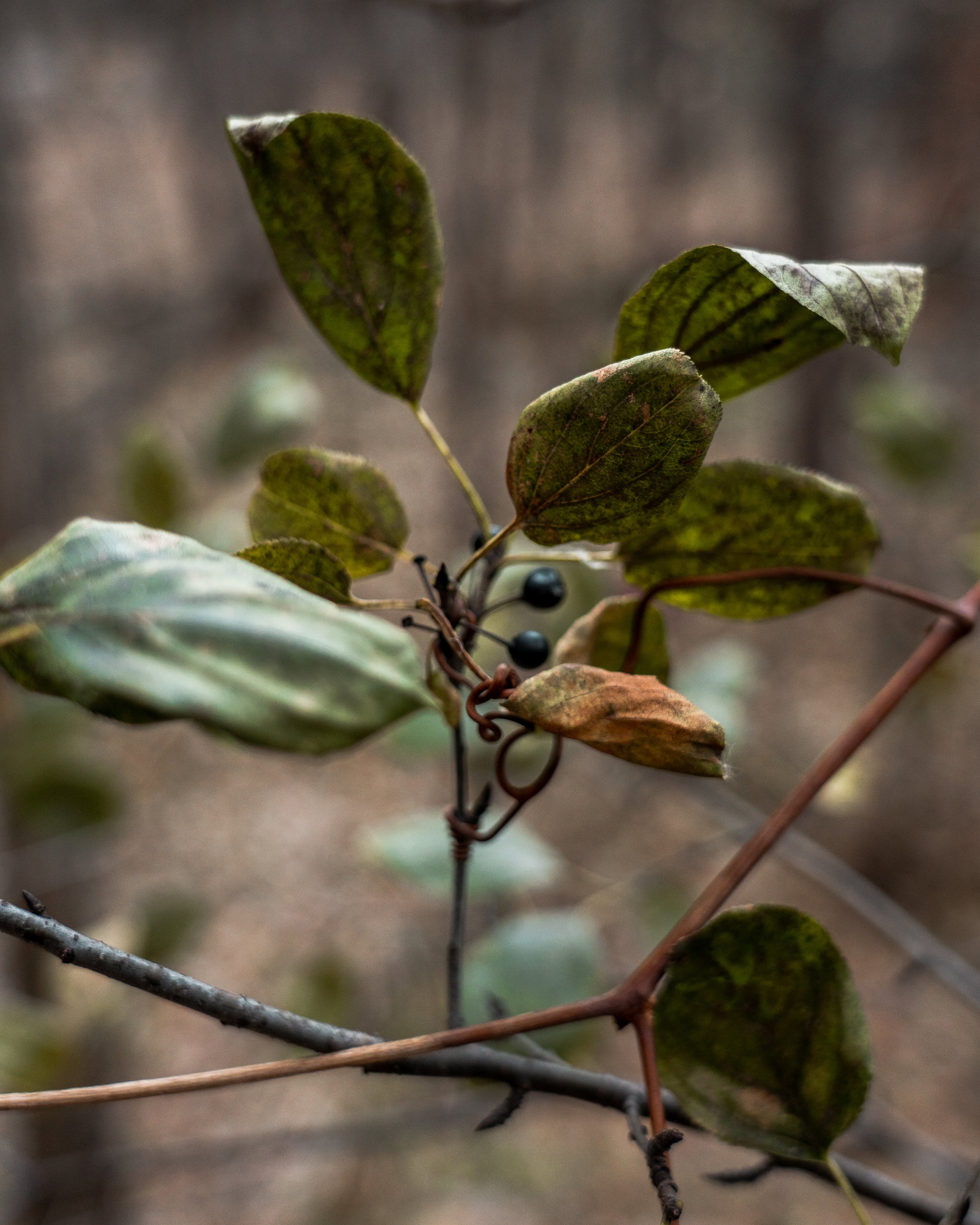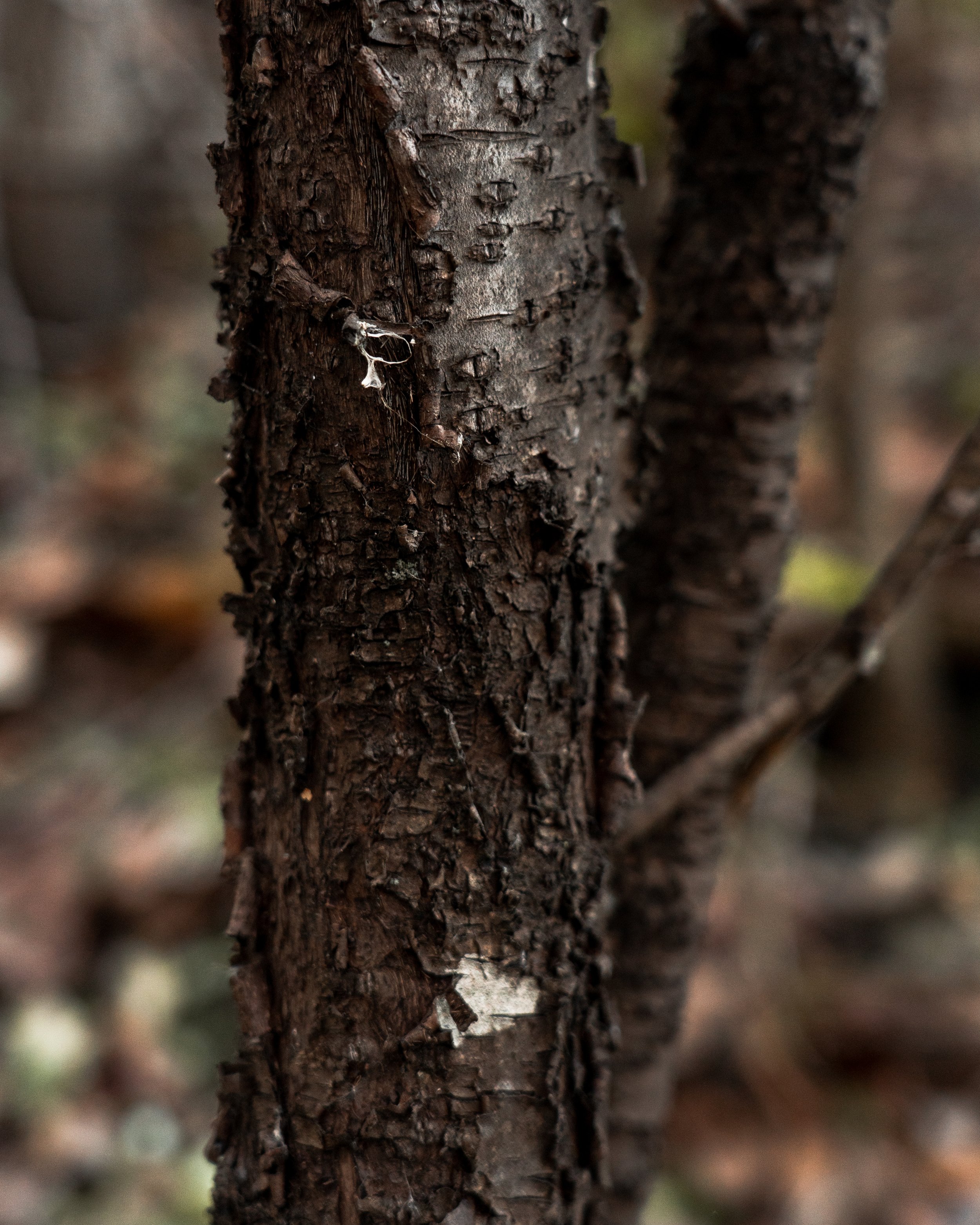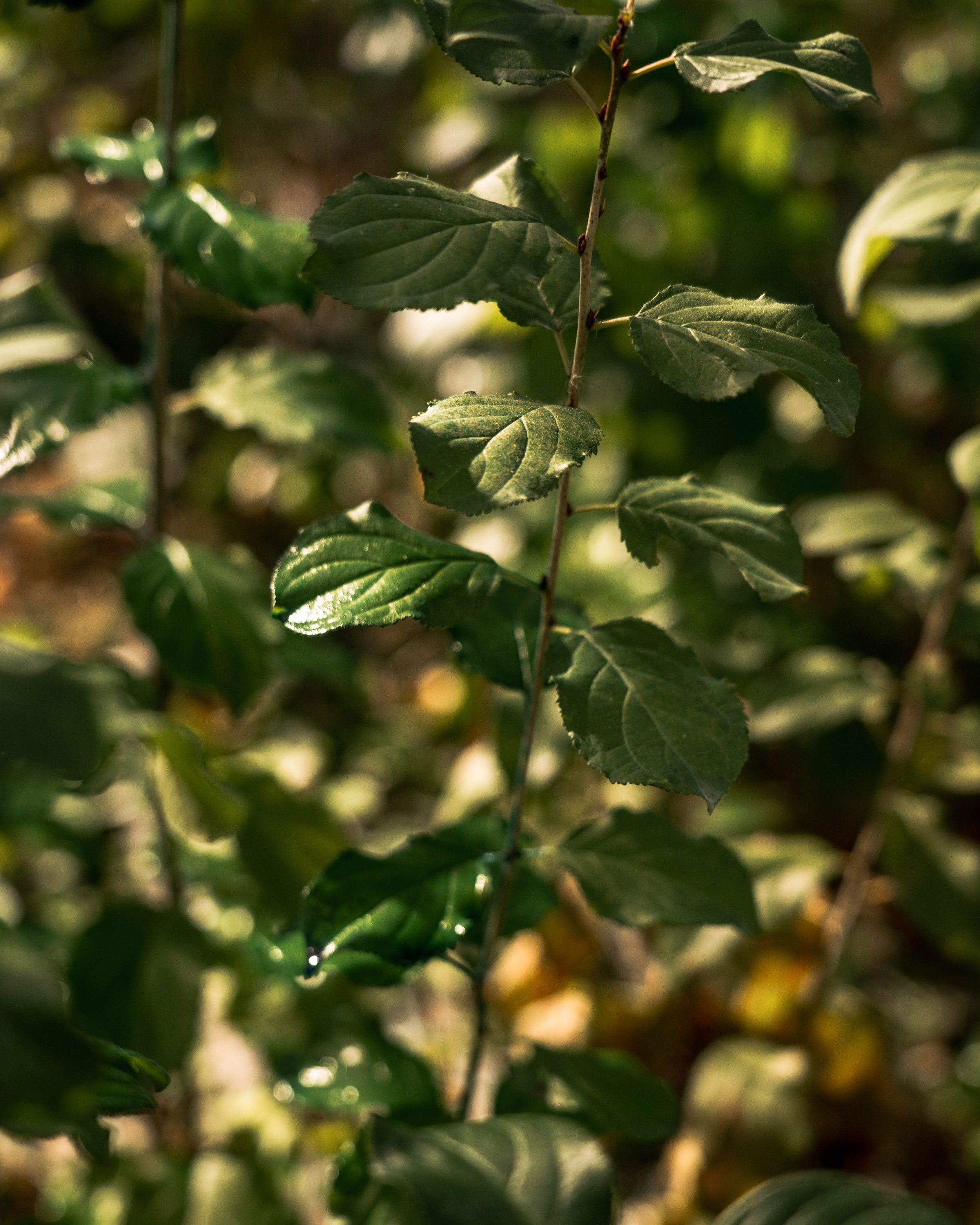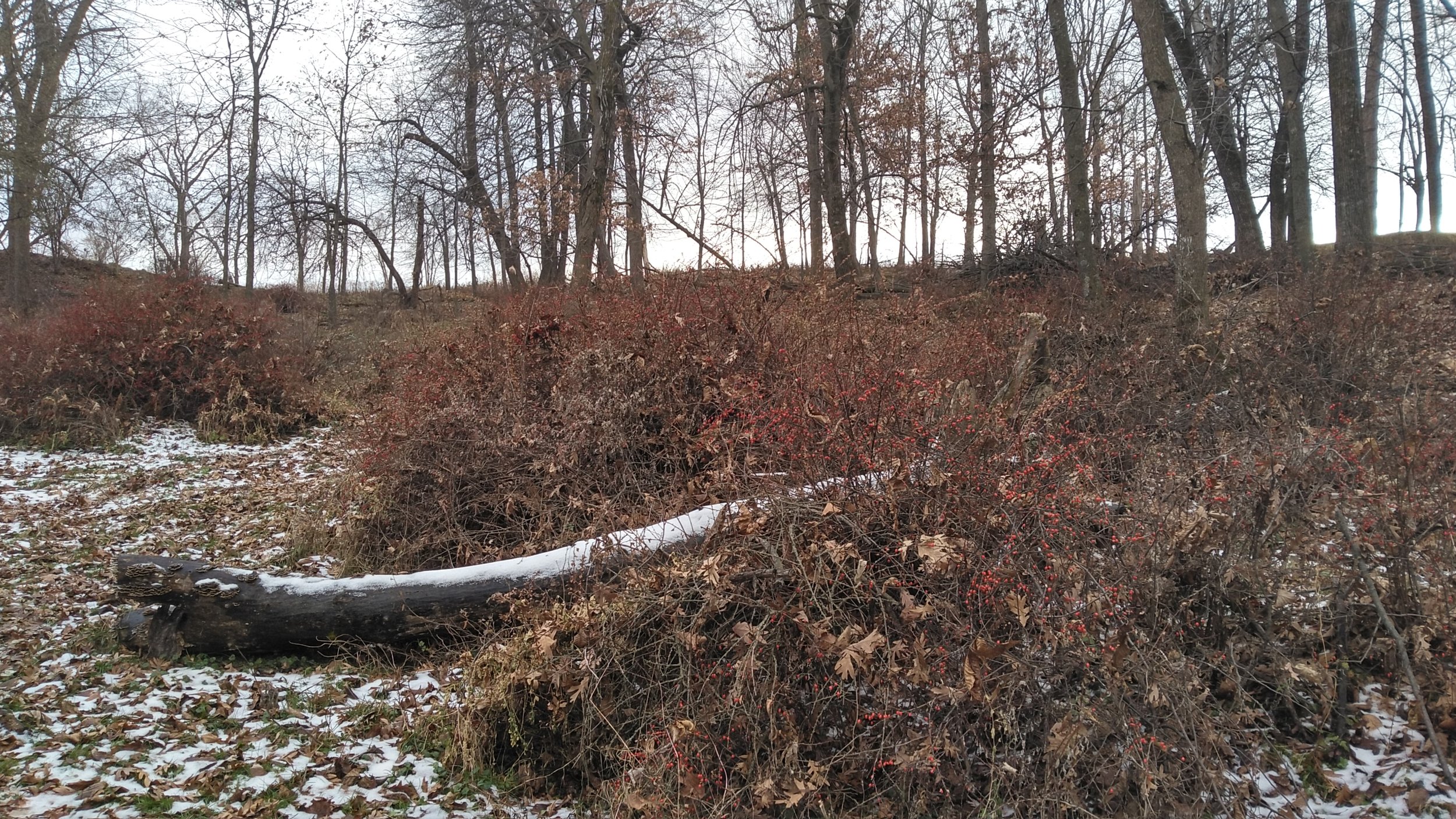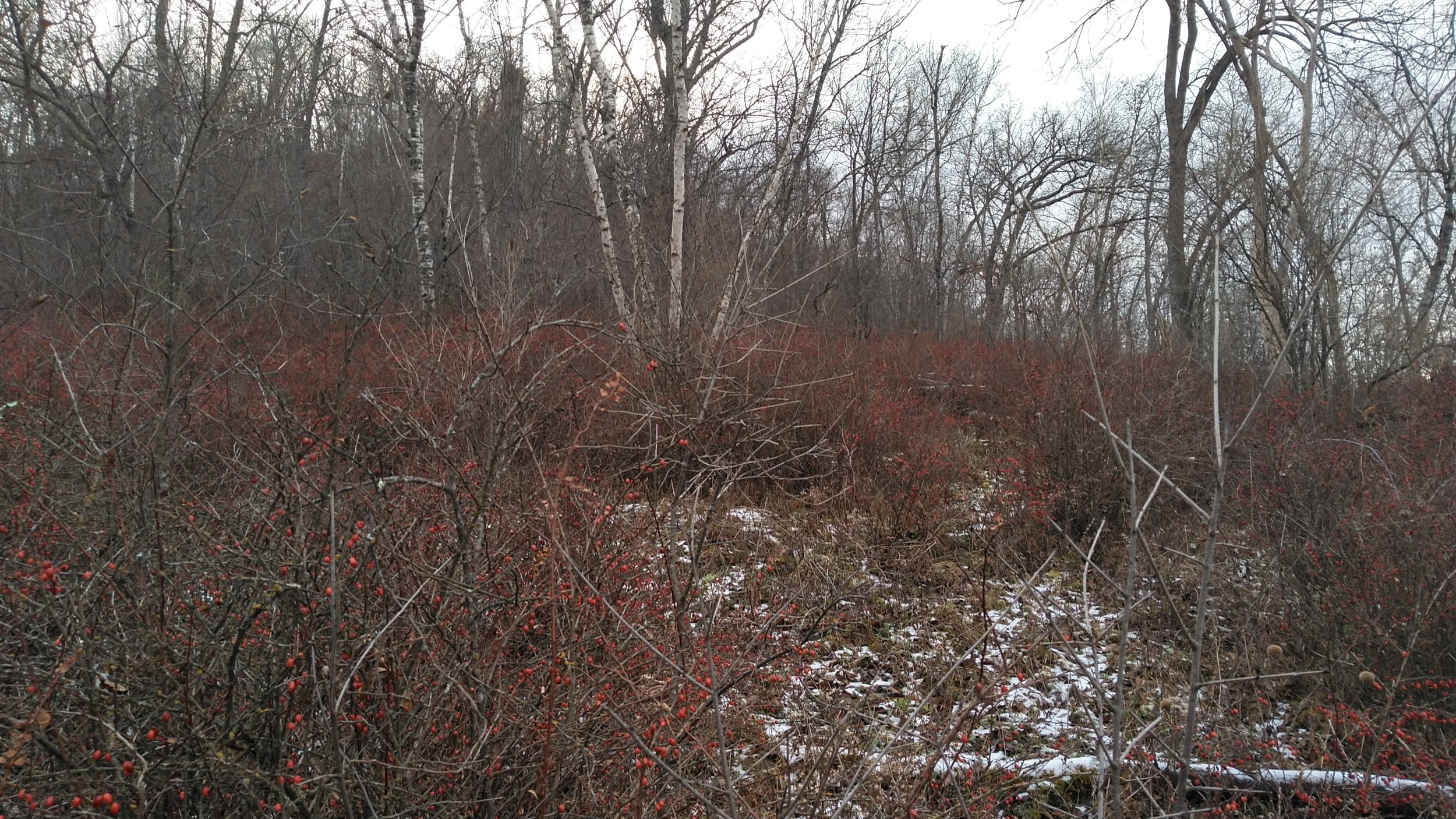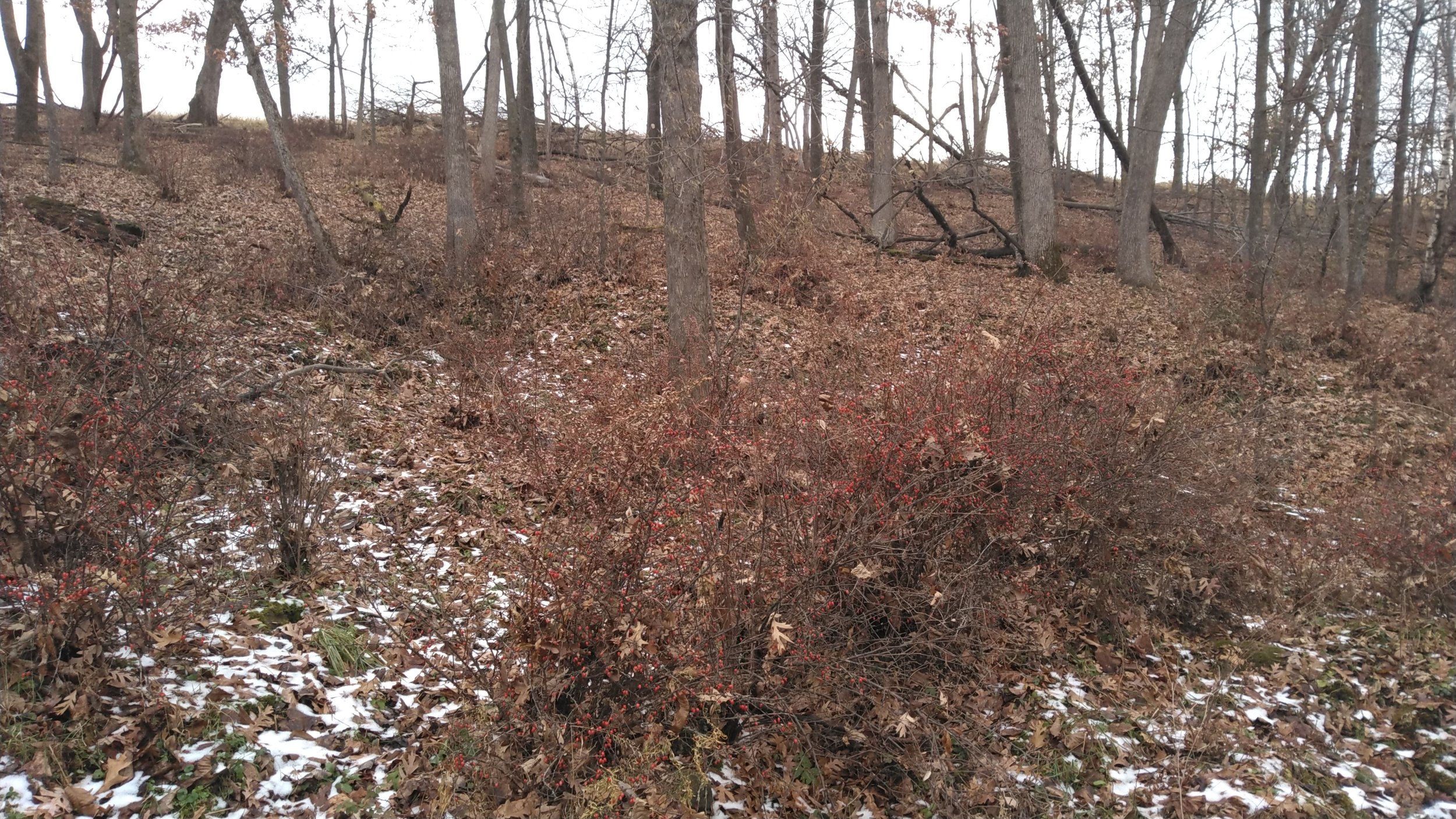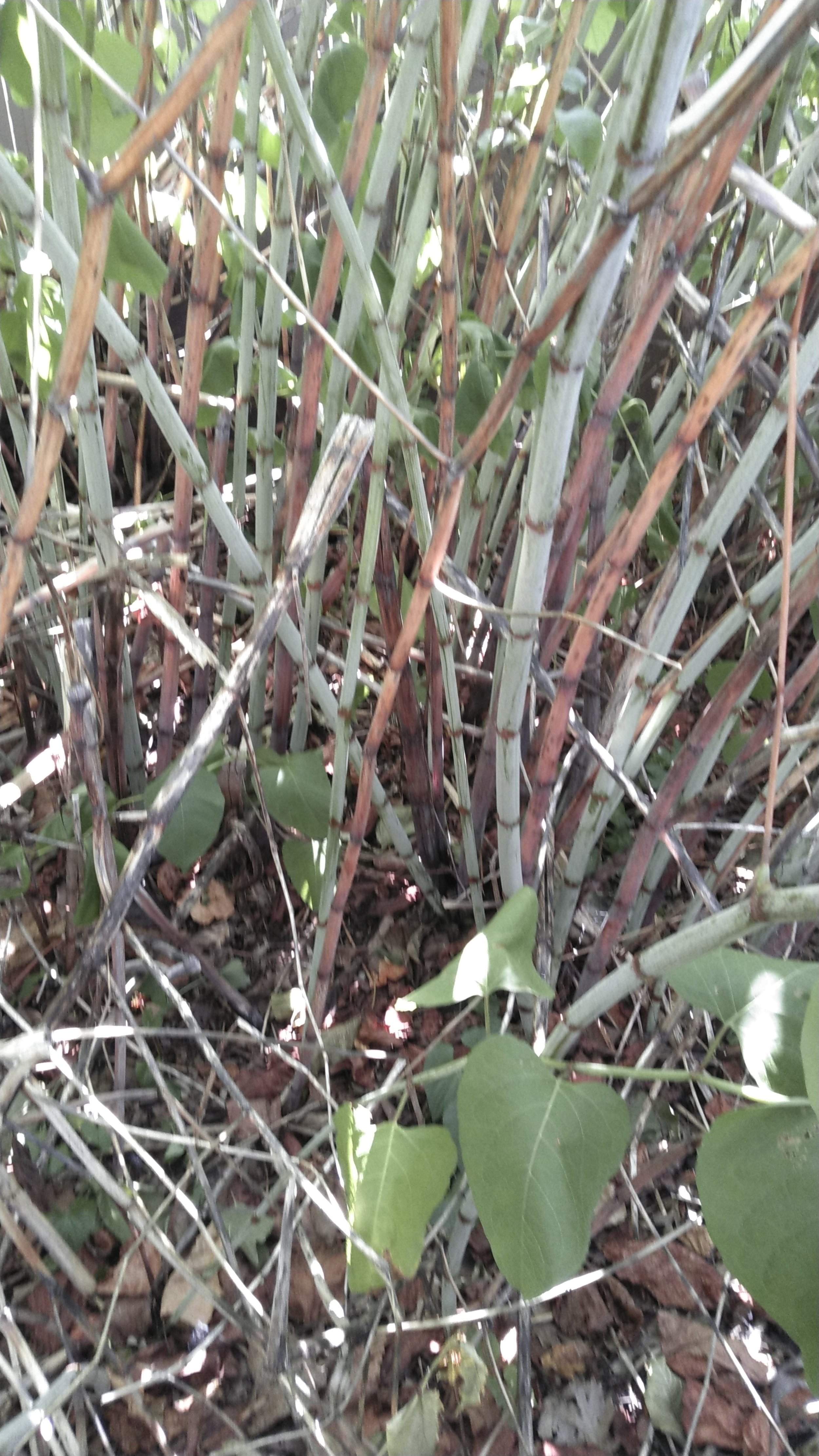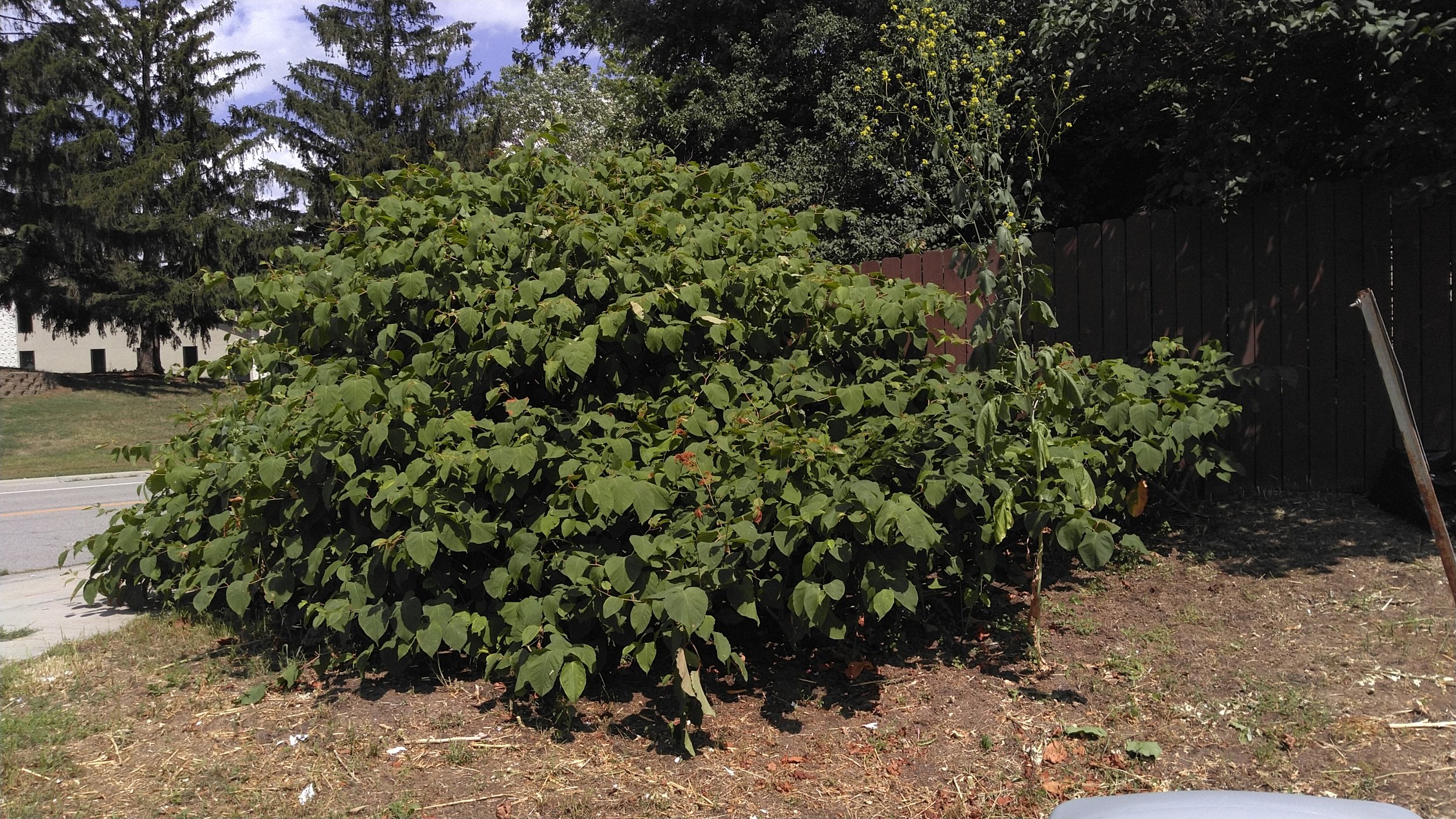Landscaping to Protect Natural Areas – Ornamentals to Avoid
This year, NRP will be at the Minneapolis Home and Garden Show for the second year in a row. This might seem like an odd place to be promoting ecological restoration and habitat management. We stand out among the home improvement vendors, landscapers, and gardeners. However, bringing habitat improvement and management to the forefront of landscaping decisions is incredibly important—at least we think so, and I think we’re not alone. In fact, a question I frequently get asked is “How do I make my yard more environmentally friendly?”
This is a great question, and it is the perfect question to ask yourself heading into the spring season. There are many different ways you can create habitat space in your yard, regardless of how urban you live. One often overlooked way is being intentional about ornamental plants. Ornamental plants—flowers, grasses, shrubs, and trees—purchased from nurseries or inherited with home purchases are essential to an environmentally friendly yard. The decision to purchase and plant one ornamental over another can be the difference between promoting native habitat or spreading harmful invasive species.
The nursery and horticulture trades are full of invasive species—in fact, most plants that become problematic weeds are originally sold through nurseries, planted in yards, then escape to natural areas—buckthorn is a great example. Most gardeners or landscapers, contractors and DIY’ers alike don’t know every species and cultivar. It can be difficult identifying species that are hazardous to the environment when you’re shopping for new plants. Often nurseries will not label them as such, or will not realize they are selling an invasive species. Cultivars with adjusted species names are equally difficult to navigate. Finally, there are a handful of ornamentals that are just popular. People like how they look, how they flower, or the privacy they provide.
However, it is important to look past just how a plant grows, or how pretty its flowers look. If you want to keep your property environmentally friendly, a great first step is to avoid planting non-native and invasive species, and to remove any currently growing on your property. Keeping these plants out of your yard goes a long way to protecting native habitat across the state. A single buckthorn plant in a yard may not seem problematic to nature, but the seeds from that plant could be spread by birds into a nearby woodland. Remember, many invasive species became problems after a single plant in a yard landscape spread into a natural area and started taking over the native plants. Every little bit helps, and every landscaper who takes a little extra time to research before they plant helps to limit the spread of environmentally harmful species.
Ornamentals to Avoid
There are way too many invasive species in the horticulture industry to go through every single one. The best thing you can do is to become familiar with invasive species in your area, or research a plant before you buy and plant it. However, there are a few problematic species that I have encountered in yards and nurseries over and over. These are popular ornamentals that you should avoid, especially if you want an environmentally friendly property.
There are many invasive flower and grass species, but we are focusing on shrubs and trees today, as those tend to be more common in urban and rural landscapes.
Amur Maple
Amur maple (Acer ginnala) is a popular ornamental due to its bright red coloration and unique maple-like leaf shape. Native to Asia, this species is valued as both a landscape tree and a landscape shrub. Though specially regulated, it is available in horticulture centers and nurseries. However, when amur maple escapes into natural areas, it out-competes native species due to its prolific seed production. It readily invades disturbed areas, out-shading native understory and contributing to the spread of other invasive species. Amur maple, like Norwegian maple and Siberian elm, is common among urban and suburban landscapes. Most people do not recognize it as an invasive species when it is planted as an ornamental. If proper care is not taken, amur maple can easily escape (and has escaped) into natural areas.
Why it is a problem:
Outcompetes native shrub and tree species, and out-shades native ground cover
Produces chemicals that limit the growth and reproduction of other plants
Takes over disturbed or degraded areas, prohibiting native species regrowth
Consider Instead
There are many native substitutes, both trees and shrubs, for amur maple. While it is legal for sale in Minnesota, consider avoiding this non-native and planting a native alternative instead. That will create better habitat on your property, and ensure this species doesn’t escape or unknowingly spread from your property to a natural area. Alternatives for tree-sized amur maple include red maple, sugar maple, and mountain maple. Alternatives for shrub-sized amur maple include high-bush cranberry, nannyberry, and pin cherry.
Black locust
Black locust (Robinia pseudoacacia) is an outlier in this list, as it is actually native to the United States, just not to the upper Midwest. In its native range in the Appalachians, it is still considered weedy. This tree is growing more common throughout southern and central Minnesota. It spreads readily in disturbed and degraded areas, compounding upon other invasives and making it more difficult for native species to survive. When left alone, black locust will create dense, single-species stands that shade out other native trees. It is popular as an ornamental because of the milky white flower clusters, and among foragers who harvest and consume the flowers.
Why it is a Problem:
Outcompetes and eventually out-crowds native tree and shrub species
Threatens prairies and oak savannas, degrading them or shifting them to single-species woodlands
Facilitates establishment of other invasive species in disturbed and degraded areas
Young growth contains large thorns which can impede recreation
Contains toxic compounds in the leaves, stem, bark, and seeds which are hazardous to stock animals and wildlife. *Care should be taken harvesting this species for edibles
Consider Instead
Removing full-sized trees on your property can be a daunting task, especially if the trees have been there for a long time. One client I worked with was resistant to the idea of removing black locust on their property due to sentimental value attached with the trees. Consider that removing black locust and focusing on native trees will secure better property and habitat value in the long-term. The tendency of black locust to form single-species stands means that leaving locust on your property may eventually result in a loss of tree and shrub diversity. Mixed stands also provide better wildlife habitat. Black locust is also popular among foraging enthusiasts who grow or forage the tree for the edible flowers. If you enjoy harvesting black locust flowers, consider foraging in natural areas where there are pre-existing mature trees rather than growing new trees or encouraging the growth of young trees.
Buckthorn
Common and glossy buckthorn (Rhamnus cathartica and Frangula alnus) could be the kings of invasives in central and southern Minnesota. It is found everywhere, even on deeply urban or suburban properties. When buckthorn invades, it creates dense thickets of mid-canopy brush which chokes out understory plants and tree species. It grows heartily in almost any location, and is difficult to get rid of due to its long-lasting seeds and strong root systems. Buckthorn is on our list of ornamentals because it was originally introduced to the US as a hedge plant. In its native region of Europe, buckthorn is commonly used for hedge rows as it grows thickly together, tangles its branches, and contains small thorns. However, in the US, it quickly invades natural areas, degrading native habitat.
Why it is a Problem:
Outcompetes native shrub species and out-shades native ground cover
Chokes out and competes with native trees
Contributes to erosion by out-shading native understory species which hold soil in place
Degrades wildlife habitat and provides nutrient-poor food for wildlife
Serves as a host to pests such as crown rust fungus and soybean aphid
Consider Instead
Many people I’ve talked to recognize the environmental impact of buckthorn but chose to keep it anyway because it provides privacy cover. If this includes you, consider instead replacing your buckthorn with a native shrub cover such as chokecherry, American hazelnut, or pagoda dogwood. Some people also shy away from buckthorn removal because it is a long-term commitment. If your neighbors have buckthorn on their property, it will continue to spread to yours, even if you remove your own. This can be demoralizing. However, consider it an opportunity to get your whole neighborhood on board with buckthorn removal. If that’s not possible, consider that managed buckthorn requires 2-3 days a year of management, maybe only a couple hours at a time if the property is small. This is significantly less time than the average property owner spends maintaining a lawn or shoveling snow. For a species so detrimental to our natural areas, taking that extra time to manage buckthorn on your property is really important.
Common/Japanese Barberry
Common and Japanese barberry (Berberis vulgaris and B. thunbergia) are both non-native invasives in Minnesota. Japanese barberry is a tricky ornamental to navigate. It has over a dozen horticulture cultivars that are available on the market, but are all illegal in Minnesota and hazardous to native habitats. Native to Japan, Japanese barberry was introduced as an ornamental landscape and hedge shrub. Its bright red berries and white flowers are attractive for aesthetic reasons. However, like many invasive shrubs, barberry is quick to spread via seed, and provides poor wildlife habitat, as most wildlife, like deer, do not browse it. It tends to invade wooded areas where it creates dense, impassable thickets.
Why it is a Problem:
Creates dense thickets to out-shade native species
Alters soil properties and microbial communities necessary to maintain soil health
Recent research suggests Japanese barberry provides ideal habitat for deer ticks. Forests with barberry stands harbor more ticks than forests without barberry.
Consider Instead
Barberry is readily available across horticulture markets in many areas. It can be difficult to identify which cultivars of barberry are environmentally hazardous and which are not. Consider avoiding barberry of any kind—planting native alternatives instead and removing any barberry on your property. Even a small patch or individual plant can spread seed to natural areas, so removing it completely from your property will help the overall landscape, even if it might seem like a minor action. Like many invasives, barberry can be difficult to remove. Consider consulting professionals who specialize in invasive species to help with removal and management. Native alternatives to barberry include leatherwood and American hazelnut.
Knotweeds
Knotweeds, in particular Japanese knotweed (Polygonum cuspidatum), have started popping up in many residential areas around the Twin Cities. This species, and other similar non-native knotweeds like bohemian and giant knotweed (P. bohemicum and P. sachalinese) are incredibly invasive and difficult to get rid of once they establish. These plants are popular as ornamentals due to their idyllic white summer flowers and unique bamboo-like stems. However, these species are aggressive growers that will quickly take-over yards, gardens, woodlands, shorelines, and forests. Knotweeds thrive in many growing areas, particularly along sunny shorelines where they increase erosion by out-shading understory vegetation. They are a bear to get rid of, as knotweeds can resprout from small plant sections, and cannot be taken to normal yard waste facilities.
Why it is a Problem:
Outcompetes native species, garden plants, and other landscape plants
Contributes to erosion by out-shading native understory species which hold soil in place
Threatens shorelines and streambanks by facilitating erosion and flood damage
Is strong enough to grow through building foundations, roads, and sidewalks, damaging homes and infrastructure.
Consider Instead
Knotweeds are controlled noxious weeds, meaning that landowners must control the spread of knotweed on their property. Additionally, many cities will fine and require landowners to remove the plant if it is found on their property. If you suspect you have knotweed on your property, consider bringing in an expert to help ID and put together a management plan. Removing knotweed on your own can be very difficult, and lead to its further spread if not done correctly. While most yard companies won’t touch knotweed, groups like NRP who specialize in invasive species removal are usually able to help. Finally, removing knotweed can leave a big open space. Consider filling that space with native flowers, shrubs, or grasses to protect the soil, provide better habitat, and discourage further growth of invasive ornamentals. Similar looking native species include red berried elder and ninebark.
Winged burning bush
Burning bush (Euonymus alatus) is a popular ornamental that most people don’t even realize is invasive, nor even in their yards. Burning bush (also called winged Euonymus) was first introduced to North America in the mid-1800s. Since then, it has become an extremely popular landscape shrub due to its quirky, corky branches and its brilliant red fall coloration. However, this species is a prolific seeder, allowing it to spread rapidly into natural areas. Like many other invasives, burning bush also has the ability to survive in many habitat types, including both sun and shade. These two traits combine, allowing it to create dense patches of growth, crowding out native species.
Why it is a problem:
Outcompetes native shrub species and out-shades native ground cover
Threatens prairies, degrading them or turning them into shrublands
Prolific seed producer that is hard to control once planted
Consider Instead
The aesthetic beauty of burning bush makes it a popular ornamental. It can be hard to see the environmental effects of one plant isolated in a yard until you consider all the plants that exist in all yards and nurseries across a region. That’s a lot of seeds that can spread to natural areas. Consider instead a native alternative to burning bush such as a serviceberry. These native shrubs have many cultivars which have been developed for landscape use and have the same aesthetic look as burning bush without the environmental risk.
*Burning bush was recently moved to the MN Restricted Noxious Weed list, making it illegal to sell, propagate, or transport in MN. Property owners with burning bush on their property are encouraged to remove it.


